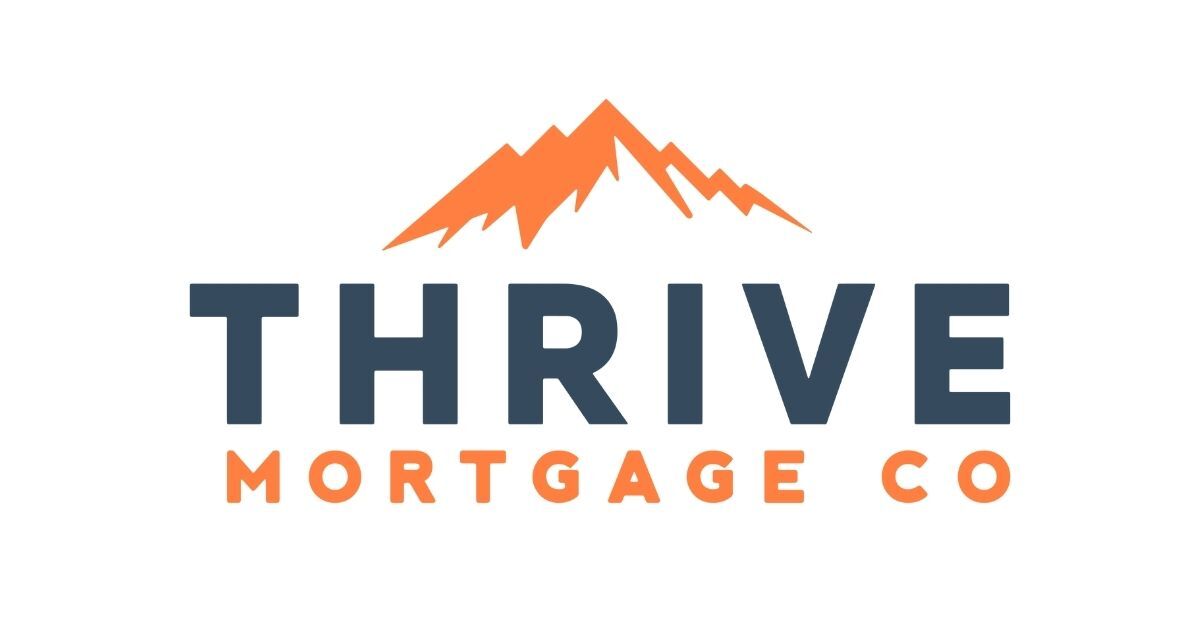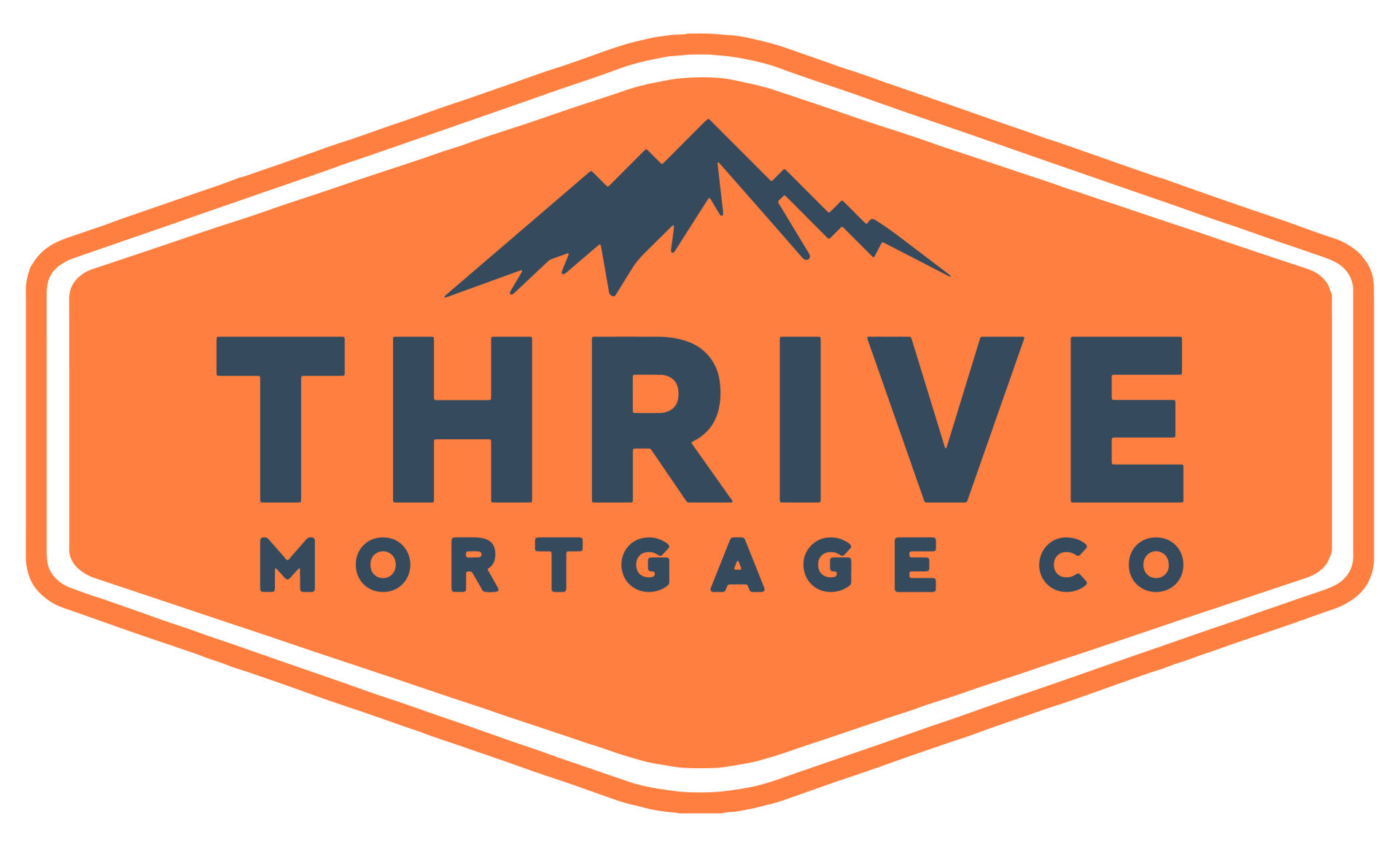Financing your Home Renovation
Everything you need to understand about financing improvements to your home
Not happy with your home?
Before looking to move, it might be worth considering the renovation of your current home.
If you’re not entirely happy with your existing home, renovation financing can allow you to turn it into your dream home with a new bathroom, kitchen, or even an extension.
In many situations, improving your current home is cheaper than finding a new one. A lot of homeowners may be surprised to find out that even a major home improvement project can cost less than just the fees involved when buying and selling homes.
Transform your existing property.
Home improvements can be expensive and stressful. However, the same can be said for the process of selling your home, negotiating with buyers and trying to find a new home that is a better fit for you. Unless you are looking to relocate completely, you could be better off for investing in a major home improvement project.
Here at Thrive Mortgage Co, though we can’t make the renovations any quicker, we can reduce the stress of financing your home improvements.
With your budget in mind, we’ll help you to identify the best financing options for your project. Additionally, if you’re undertaking renovations to make you home more suitable for a physical disability, we can make sure that you have the most up to date information related to any rebates or tax credits you may be eligible for.
Ready to get to work?
Click here to begin financing your renovation, or take a look below at our guide to home improvement financing.

